Table of Contents
The Indonesian flag, also known as the flag of Indonesia, holds a significant place in the nation’s history and culture. With its vibrant colors and meaningful symbolism, it represents the Indonesian identity and heritage. In this article, we will delve into the intriguing aspects of the Indonesia flag, its design, historical background, and the symbolism behind its elements.
The Indonesia flag features a horizontal bicolor of red above white. The red color symbolizes bravery and valor, while the white represents purity and honesty.
Indonesia Flag: Colors and Symbolism
- The flag of Indonesia features a horizontal bicolor of red above white.
- The red color symbolizes bravery, valor, and the sacrifices made by the Indonesian people.
- The white color represents purity, honesty, and the integrity of Indonesia.
- The flag’s design reflects the nation’s aspirations, cultural heritage, and unity among the Indonesian people.
Flag of Indonesia
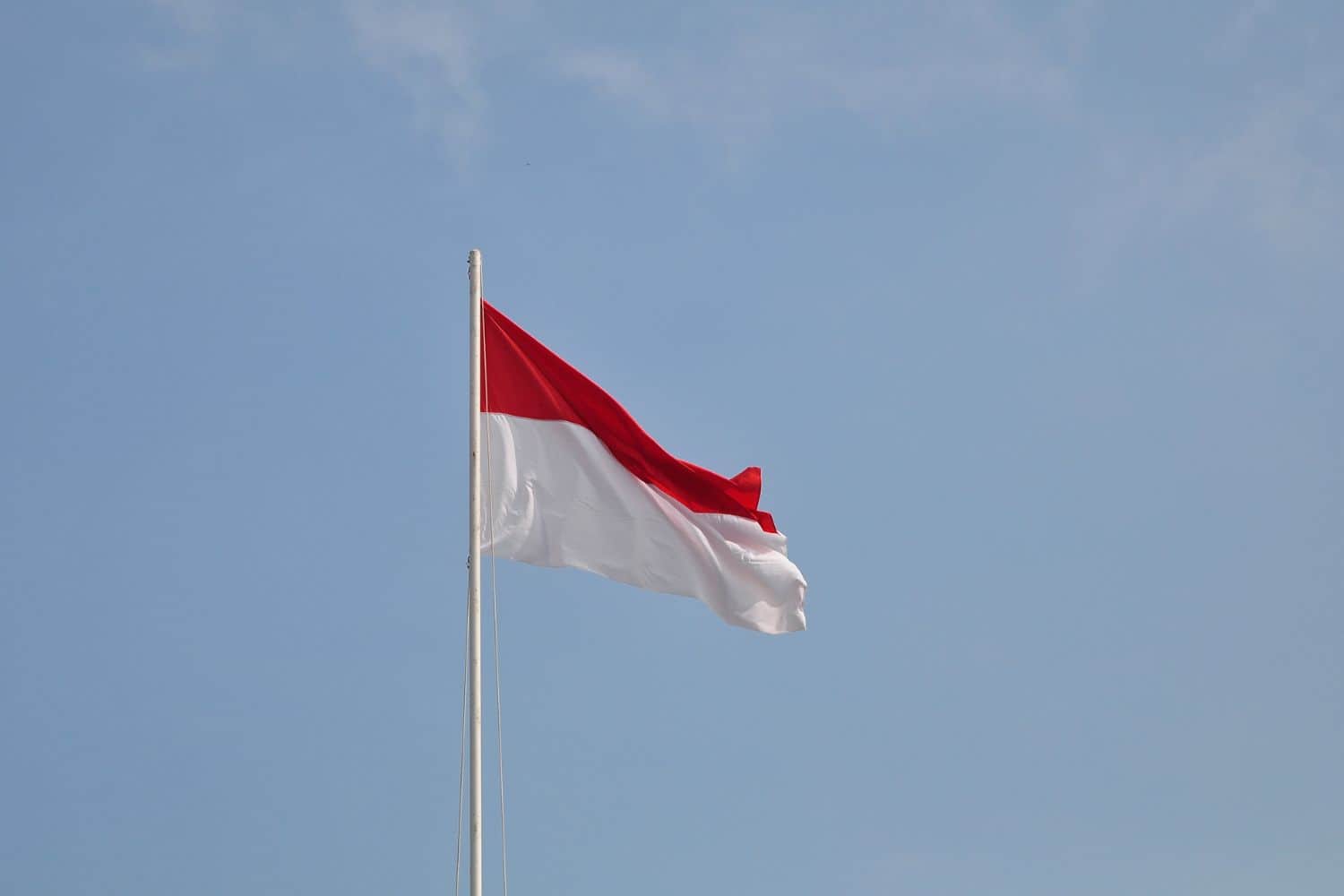
The flag stands as a powerful symbol that encapsulates the cultural significance and spirit of the nation. Its design consists of two horizontal bands of equal width, with red on the top and white below. The red color symbolizes courage and bravery, while the white represents purity and truth. Both colors commemorate the values and aspirations of the Indonesian people.
The history of the flag is closely linked with Indonesia’s rich cultural legacy and its journey to independence. Adopted upon Indonesia’s proclamation of independence on August 17, 1945, the flag symbolizes the unity and identity of the Indonesian people.
Beyond its aesthetics, the flag from Indonesia carries profound symbolic meanings. The colors mirror the values and dreams of the Indonesian people, symbolizing courage, purity, and unity.
National Flag Etiquette and Protocol
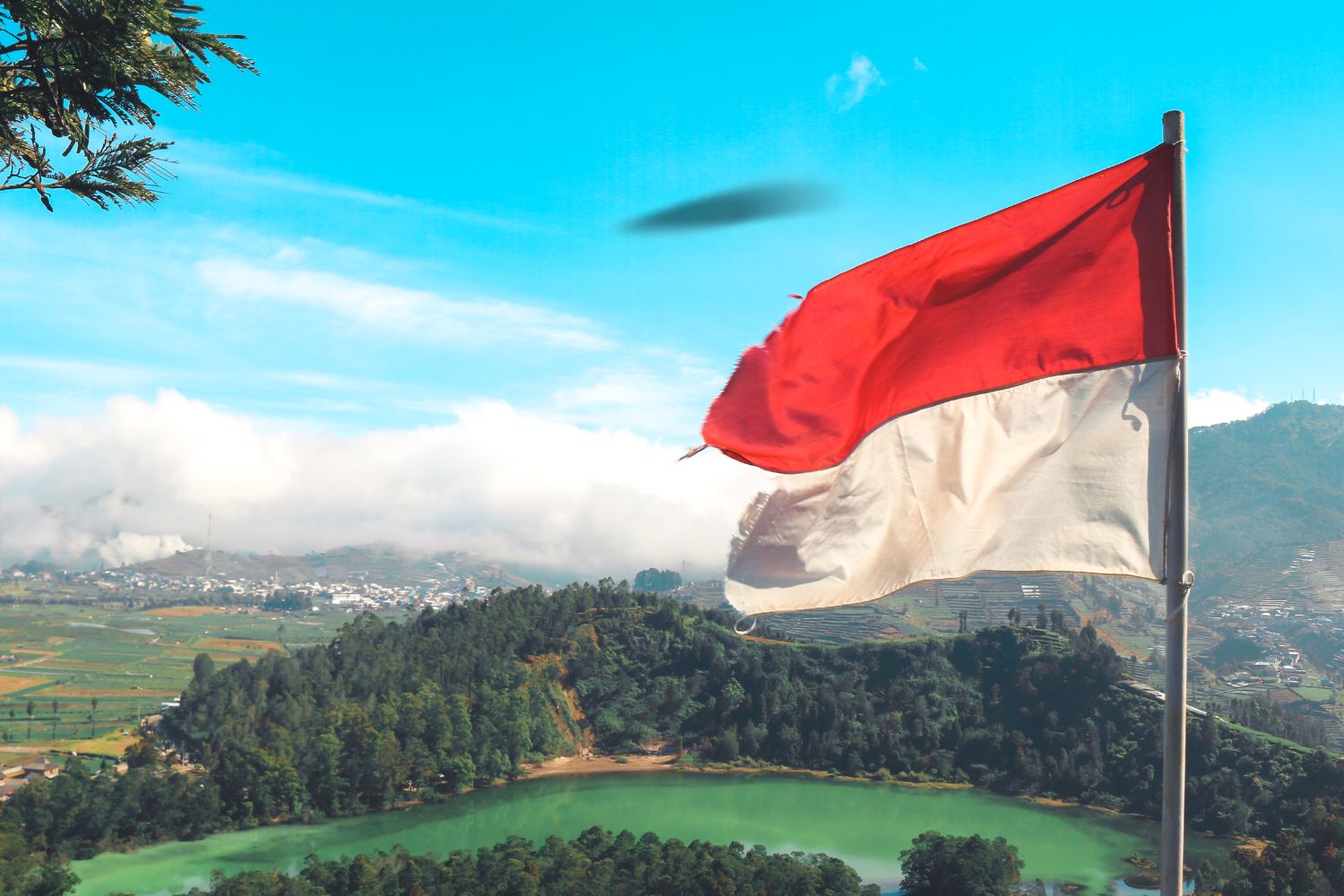
Respecting the proper usage and display of the Indonesian flag is of utmost importance. Understanding flag etiquette is vital, particularly during national events and ceremonies. Learn about the protocols governing the handling, hoisting, and lowering of the flag. Discover the appropriate procedures for retiring or handling damaged flags, ensuring they are accorded the respect they deserve.
- Proper Handling: The Indonesian flag should be handled with care and respect, ensuring it is not allowed to touch the ground or floor. It should be held upright and not dragged.
- Hoisting and Lowering: When hoisting the flag, it should be raised briskly and lowered ceremoniously. It is customary to hoist the flag at sunrise and lower it at sunset, although this may vary depending on the occasion or specific guidelines.
- Displaying the Flag: The Indonesian flag should be displayed with the red band on top and the white band below. It should be flown freely and not entangled or obstructed.
- Half-Staff: Lowering the flag to half-staff is a gesture of mourning or respect. This should be done on specific days of remembrance or when directed by authorities to honor national tragedies or the passing of significant figures.
- Flag Retirement: When an Indonesian flag becomes damaged, torn, or worn out, it should be retired in a dignified manner. This can involve burning it in a respectful and solemn ceremony, adhering to appropriate guidelines and local regulations.
- Flag Size and Placement: The size of the Indonesian flag displayed should be proportionate to the size of the flagpole or display area. It is recommended to consult local guidelines or authorities for specific rules regarding flag size and placement.
- Respectful Disposal: If a flag cannot be retired through burning, it should be disposed of in a respectful manner. This can involve burying it or handing it over to authorized organizations that specialize in flag disposal.
Interesting Facts and Trivia

Embark on a journey of fascinating facts and lesser-known trivia about the Indonesian flag. Discover unique features within the flag’s design that hold hidden symbolism. Uncover stories of famous incidents or events involving the flag that have left an indelible mark on the nation’s history and identity.
Rich Tapestry of History
- 1945: The current flag of Indonesia was adopted on August 17, symbolizing the unity and aspirations of the Indonesian people.
- Colors and Symbolism: The red color represents courage, spirit, and sacrifices made by the Indonesian people, while the white color symbolizes purity and peace.
- Two Horizontal Stripes: The simple design of two horizontal stripes, red and white, has its roots in the Majapahit Empire’s flags and holds a deep historical and cultural significance in Indonesian tradition.
- National Identity: The flag embodies Indonesia’s rich history, cultural heritage, and the nation’s ongoing pursuit of unity, prosperity, and peace.
Flag-Related Symbols and Emblems
A flag is not alone in representing the nation’s identity. Explore additional national symbols and emblems closely associated with Indonesia, understanding their significance and how they relate to the flag. Delve into their historical and cultural roots, further enriching your understanding of Indonesia’s heritage. It’s easy to travel and make an Indonesia tour to visit the country’s best destinations.
Symbolisms of the Indonesia Flag
The flag of Indonesia holds several symbolic elements that represent the nation’s history, values, and aspirations. Here are the symbolisms of the Indonesia flag presented in itemized form:
- Red Color: Represents bravery, valor, and the sacrifices made by the Indonesian people throughout history.
- White Color: Symbolizes purity, peace, and the spirit of a united Indonesia.
- Flag’s Design: Reflects Indonesia’s aspirations, cultural heritage, and unity among the Indonesian people.
- National Identity: The flag serves as a powerful symbol that unifies the Indonesian people, reminding them of their shared heritage and cultural identity.
- National Aspirations: Through its design and elements, the flag embodies the aspirations and values of the Indonesian nation, including bravery, purity, peace, and unity.
These symbolisms in the flag contribute to the country’s sense of identity and pride, reflecting its historical journey and cultural significance.
Flags of Similar Countries or Regions
Examining the flags of provinces within Indonesia can provide intriguing insights. Compare and contrast the flags, exploring similarities in design, colors, or symbolism. Uncover historical and cultural connections between flags, shedding light on shared influences or distinctive identities within the archipelago.
Indonesian Flag vs Malaysian Flag
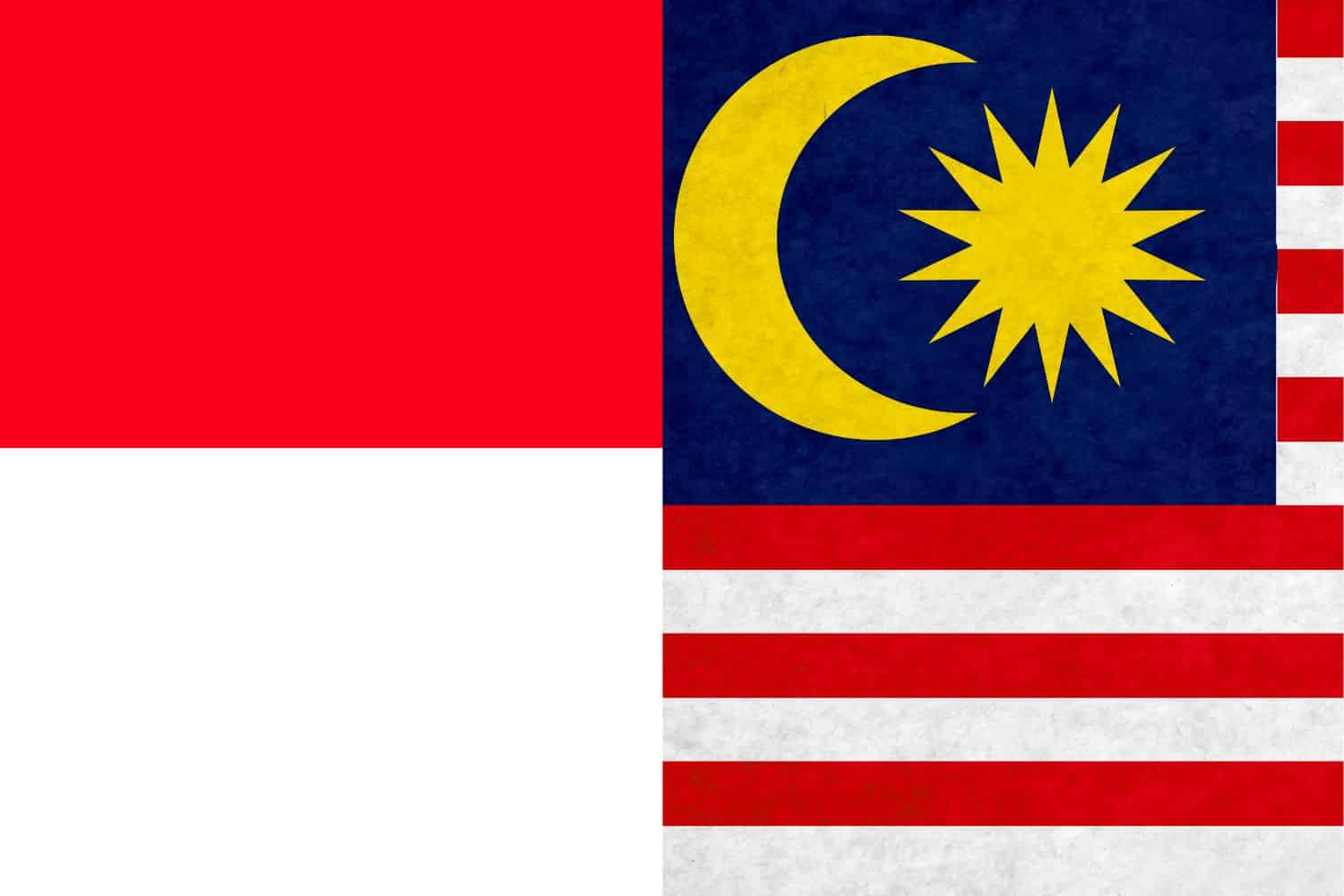
Similarity: Both flags incorporate the color red.
Difference: The Malaysian flag, also known as the “Jalur Gemilang,” alternates red and white stripes with a blue rectangle bearing a yellow crescent and a 14-point star known as the “Bintang Persekutuan.” In contrast, the Indonesian flag, known as “Sang Saka Merah-Putih,” is simpler with a bicolor design of red and white horizontal bands.
Indonesian Flag vs Singaporean Flag
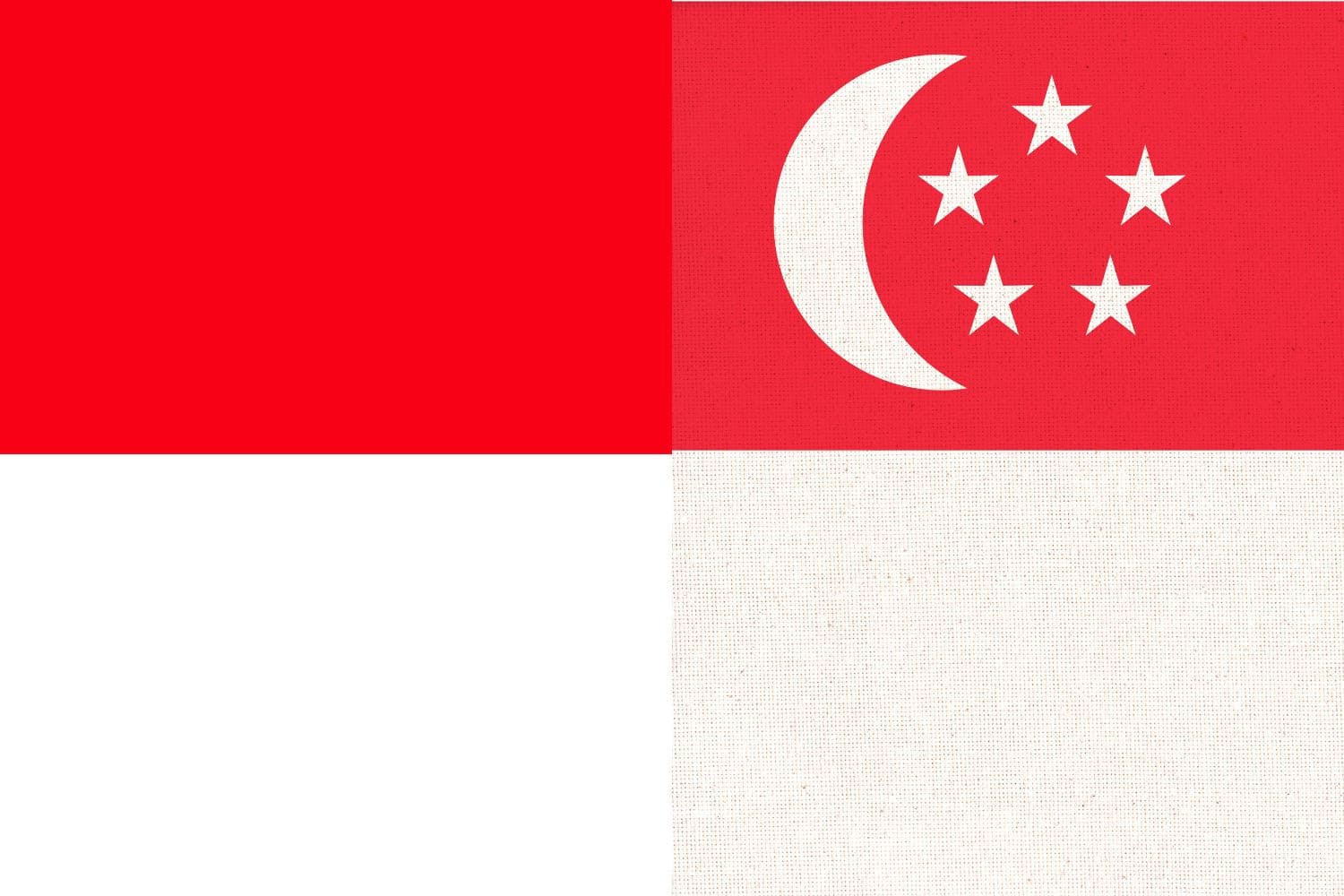
Similarity: Both flags use red and white colors.
Difference: The Singaporean flag consists of two horizontal bands with red on top and white below, coupled with a white crescent moon and five stars arranged in a circle on the red band. The Indonesian flag simply divides red and white into two horizontal fields without any other elements.
Indonesian Flag vs Bruneian Flag
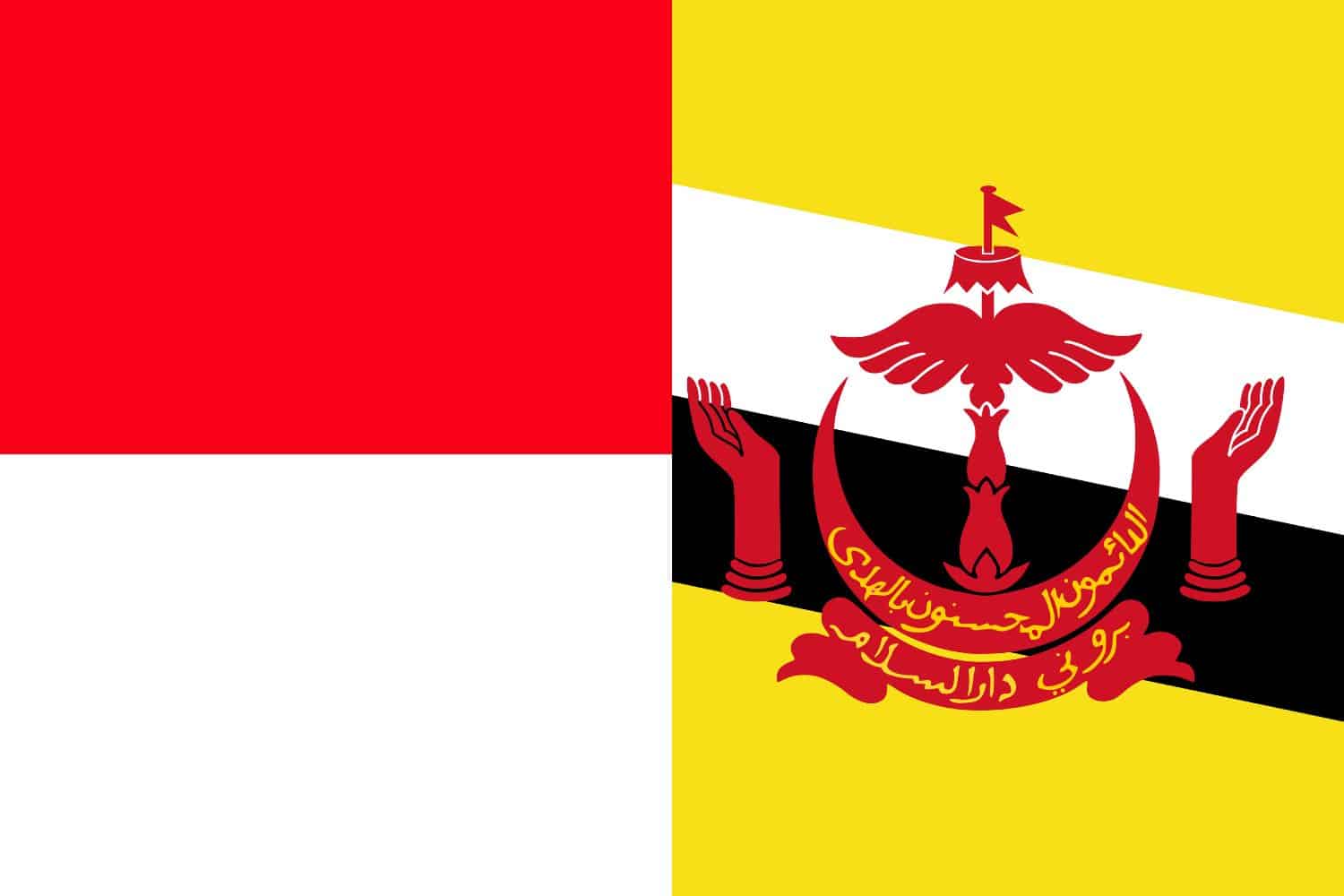
Similarity: Both flags feature the color yellow.
Difference: The Bruneian flag is yellow with white and black diagonal stripes coming from the bottom corner of the fly side. It also features a red crest in the center. In contrast, the Indonesian flag has a plain bicolor design with red and white horizontal stripes.
Indonesian Flag vs Filipino Flag
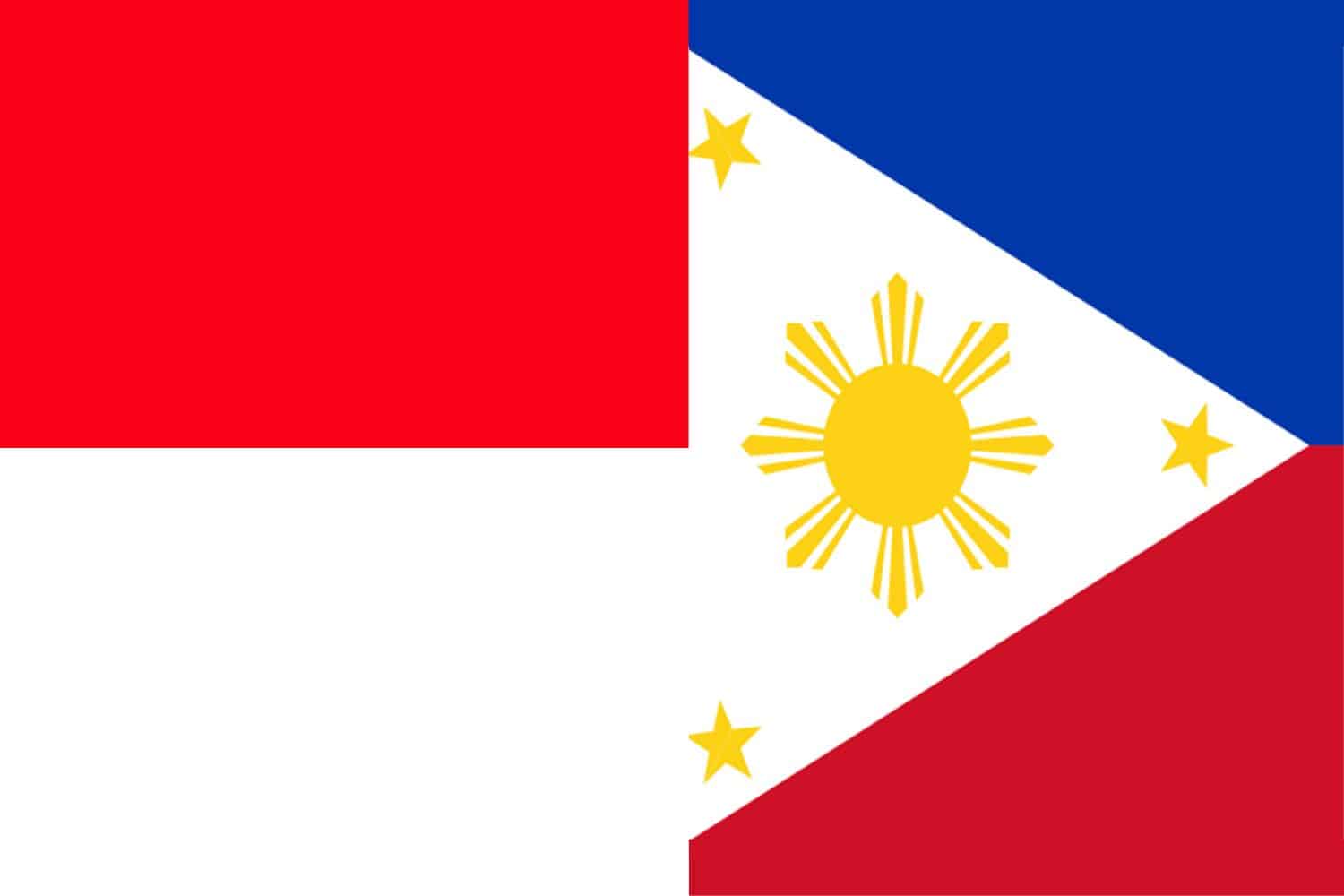
Similarity: Both flags incorporate red and white colors in their design.
Difference: The Filipino flag features a blue triangle on the hoist side, paired with a red stripe on the bottom and a white stripe on top; within the blue triangle are a yellow sun and stars. The Indonesian flag has a straightforward design of horizontal bicolor fields of red and white.
Indonesian Flag vs Timorese Flag
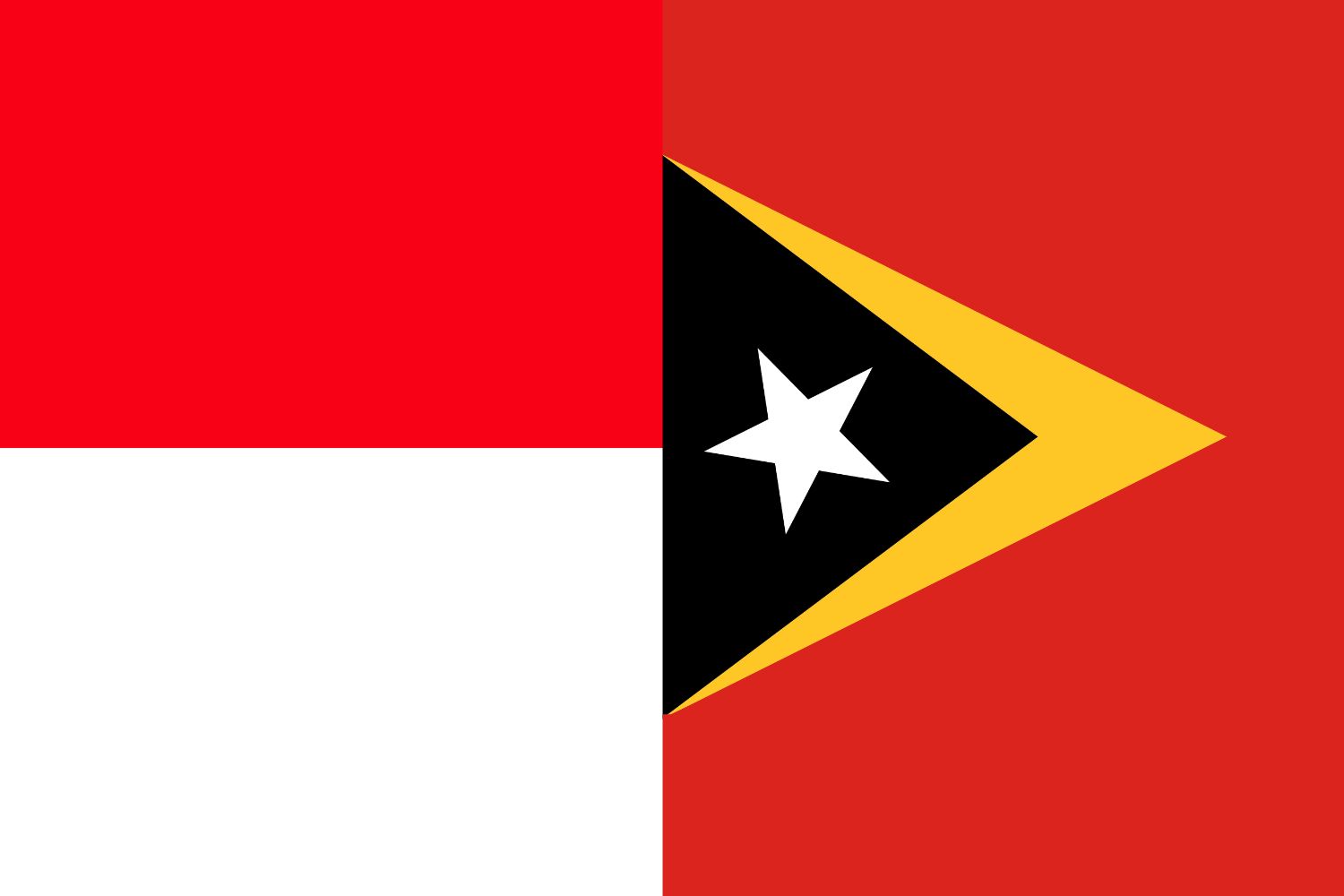
Similarity: Both flags use red and black colors.
Difference: The Timorese flag employs a design with a yellow triangle overlaying a larger triangle of black, with a white star at the hoist and a red field at the fly end. The Indonesian flag sticks to a basic two-striped horizontal layout, with red on top and white beneath.
Indonesian Flag vs Thai Flag
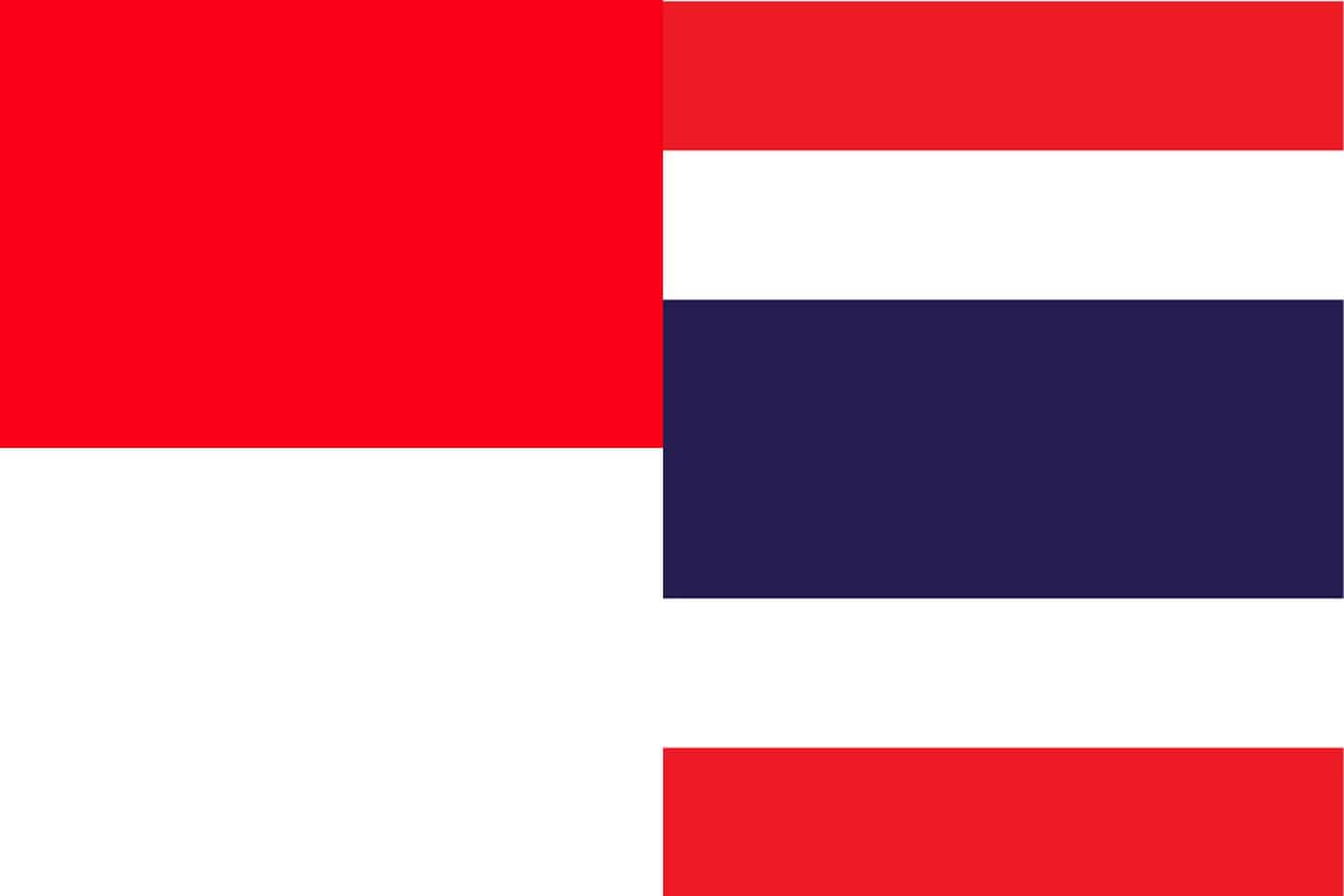
Similarity: Both flags display red and white bands.
Difference: The Thai flag, known as the “Trairanga,” has alternating horizontal stripes of red, white, and blue, with the blue stripe being twice the width of the others. Meanwhile, the Indonesian flag maintains simplicity with equal horizontal bands of red and white.
Frequently Asked Questions (FAQs)
Discover answers to common questions related to the Indonesia flag picture. From its historical origins to the symbolism behind its elements, find concise and informative responses that address inquiries commonly posed by those curious about Indonesia’s flag.
What are the colors of the Indonesian flag?
The Indonesian flag consists of two horizontal bands of equal width: the top is red, and the bottom is white.
What do the colors of the Indonesian flag symbolize?
The red symbolizes courage, while the white represents purity.
When was the Indonesian flag officially adopted?
The flag was officially adopted on August 17, 1945, the same day Indonesia declared its independence from Dutch colonial rule.
What is the official name of the Indonesian flag?
The flag is officially called “Sang Saka Merah-Putih,” which translates to “The Red-and-White.”
How should the flag be displayed during a period of national mourning?
During periods of national mourning, the flag is flown at half-mast.
Is the design inspired by any other flag in history?
The design is said to have been influenced by the flag of the Majapahit Empire, a thirteenth-century maritime empire based in East Java.
How is the flag displayed during Indonesia’s Independence Day?
On Independence Day, the flag is hoisted in a ceremony known as “Pencak Silat” in front of the Presidential Palace and other significant places, followed by various celebratory events.
Are there any regulations regarding the manufacture and use of the flag?
Yes, the government has specific regulations regarding the flag’s size, proportion, and material, especially for official use.
What is the penalty for disrespecting the Indonesian flag?
Desecrating, damaging, or disrespecting the national flag in public can result in legal penalties including imprisonment or fines.
Has the design of the Indonesian flag changed since its adoption?
No, the design has remained consistent since its adoption in 1945.
More About Indonesia
[the-post-grid id=”50369″ title=”Indonesia Main page”]
